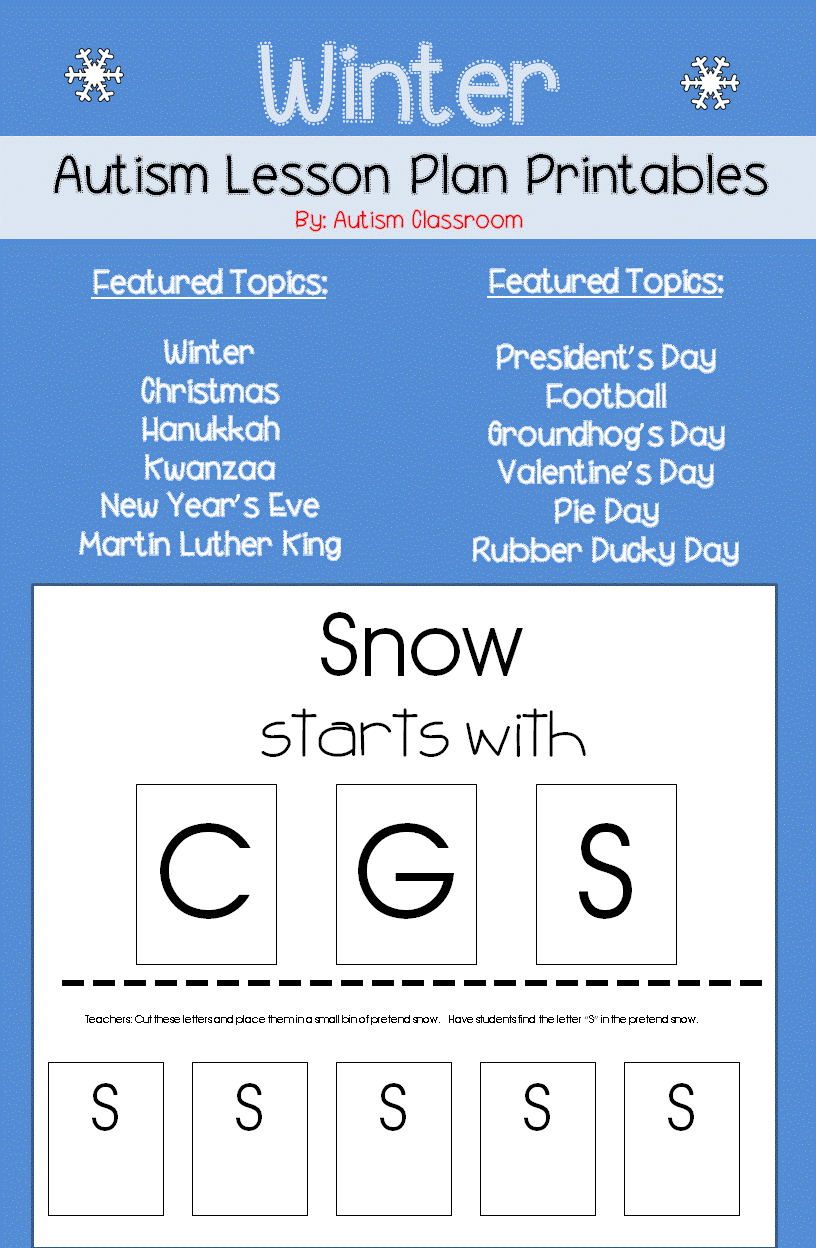I have been working on materials that address fine motor skills in students. For some of our students, this can be a real challenge. A few students may have scattered skills in this area. There is a typical sequence that you can follow to get some motor imitation from your students. This sequence seems to work: gross motor imitation, fine motor imitation, imitation of nonsense sounds, imitation of animal sounds, imitation of speech sounds and words. It may be best to chose the skill you want to work on and the materials that you want to utilize. Next, work on that skill using a strong reinforcing item. However, in reality, many children might need guided assistance to correctly imitate a skill. (You don't want them to develop the skill incorrectly- for example writing a letter incorrectly.) Then, you can fade your assistance over time, as they do the skill better and better.
I usually like to have students trace first to have practice with the actual line or shape. This tends to be guided practice so that they maintain the correct form and stay on the lines. I might also include some language with the process such as "Down and stop" or "over and lift up" or whatever cues the student to remember to lift up the writing utensil when the line is done. Additionally, when first starting, I like to place a picture that the student likes at the end of the lines they are writing. This way, they are more motivated to finish the line. Once they get to the picture, I say something like "meow" if it is a cat or something fun to keep them motivated.
These Fine Motor Task Cards are great for working on this skill of repeated practice. The tracing cards can be used over and over once laminated.
The Motor Imitation Task Cards and Printables are great to because they come with a set of task cards, but they also have a set of printable worksheets that allow for 5 trials of practice of the skill on the same sheet of paper.
Each of these can support the goal of increasing the motor imitation skills in students. But don't forget to add some fun to the task by using some exaggerated sounds and motions as the student learns this task.















































